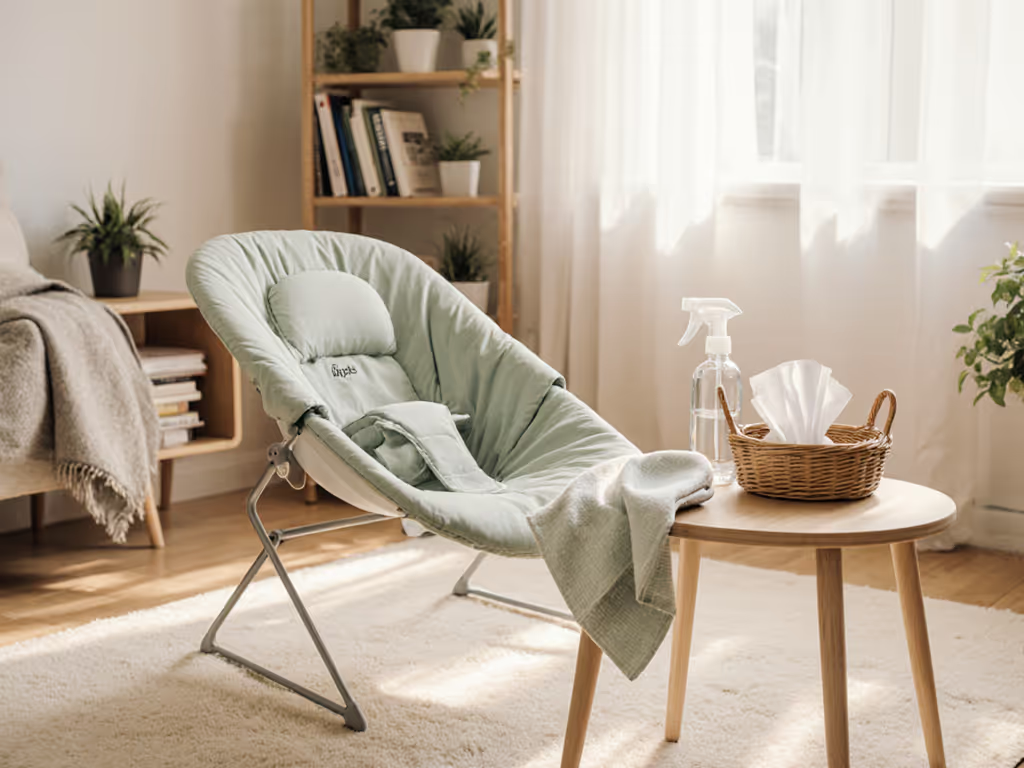
Preemie Bouncer Safety: Medical Guidelines for Fragile Infants
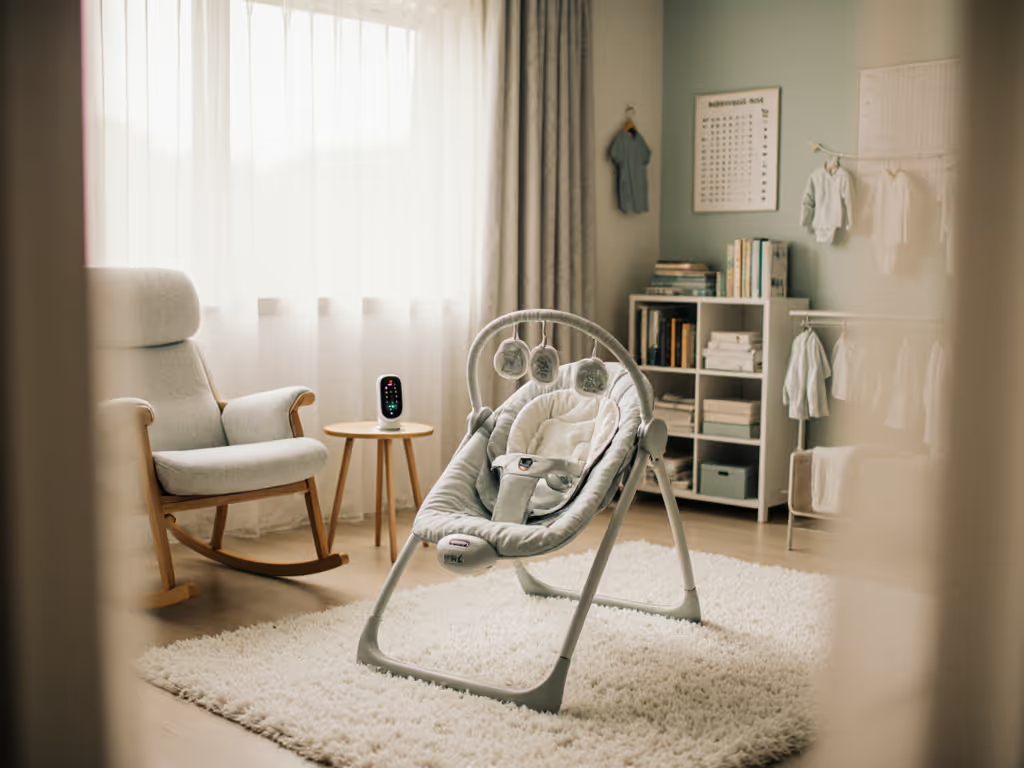
When transitioning your medically fragile infant home from the NICU, even routine decisions feel fraught with risk. The quiet moment a preemie finally settles in a bouncer can feel like a gift, but preemie bouncer safety demands extra vigilance beyond standard infant guidelines. Unlike full-term babies, preemies face unique physiological vulnerabilities that amplify inherent risks in special needs bouncy seat use. With CPSC data confirming 12 bouncer-related fatalities between 2006-2016 (primarily from suffocation on soft surfaces or falls from elevated surfaces), medically fragile infants require protocols that address their specific developmental gaps. Safety isn't embedded in the product, it is forged in the routines you practice. For a fundamentals overview of safe setup and daily routines, see our complete baby bouncer safety guide.
FAQ: Medical Guidelines for Preemie Bouncer Use
Why are preemies at higher risk in bouncers than full-term infants?
Preemies often lack critical protective reflexes due to neurological immaturity. Key concerns include:
- Reduced neck strength: Makes airway obstruction more likely if they slump forward (a position standard bouncer seats often encourage). Full-term infants typically develop head control by 4 months; preemies may take significantly longer.
- Altered arousal thresholds: Prematurity increases risk of bradycardia or oxygen desaturation during sleep. Inclined positions (common in bouncers) can further compromise breathing efficiency.
- Hip dysplasia vulnerability: As noted in orthopedic research, forcing legs into straight positions (typical in many infant activity bouncer designs) stresses developing hip joints. Premature infants already have higher baseline risk due to intrauterine positioning disruptions.
The AAP's stance against inclined sleep for infants under 4 months applies more urgently to preemies, whose corrected age may not reflect actual physiological readiness. For broader context on timing and readiness, read our critical age and usage guidelines.
What medical conditions require complete avoidance of bouncers?
Critical boundary: Never use a bouncer if your infant has bradycardia/apnea events, severe reflux requiring strict upright positioning, or diagnosed tracheomalacia. Consult your pediatric pulmonologist or NICU team before introducing any seated device.
Specific red flags demanding medical clearance:
- Oxygen dependency or recent respiratory distress
- Unstable neurological conditions (e.g., frequent seizures)
- Gastrostomy tubes or complex feeding needs
- Known upper airway abnormalities
A single-center study of infant sleep deaths in sitting devices found preemies represented 37% of cases despite comprising only 10% of births, underscoring the need for condition-specific protocols. If your clinician approves controlled trials for digestive discomfort, see our reflux- and colic-focused bouncer comparison to understand supportive features.
How should I position a medically stable preemie in a bouncer?
Medical positioning principles
-
Floor-only placement: CPSC mandates this for all infants, but it is non-negotiable for preemies. Never place on sofas, beds, or counters (even with vigilance). A 2022 CPSC update requires hazard warnings on the front of seats near the baby's head because 48% of falls occurred from elevated surfaces.
-
Hip-healthy "M" positioning: Ensure thighs are supported in a frog-leg position (knees bent higher than hips), creating the joint pressure needed for proper socket development. Avoid seats forcing legs straight down. Get step-by-step proper infant bouncer positioning tips to support hips and airway.
-
30-degree recline maximum: Steeper angles increase reflux risk and airway compromise. Use rolled receiving blankets only if approved by your physical therapist, never aftermarket inserts.
-
Harness engagement: Always use snug five-point restraints, even for sleeping preemies. CPSC incident reports show 100% of suffocation deaths involved unrestrained infants who turned face-down on soft surfaces.
What are non-negotiable safety routines for preemie bouncer use?
Timer-based protocols beat gut instinct when exhaustion blurs judgment. Adapt these evidence-backed routines:
-
15-minute hard limit: Stop use before sleep onset. Preemies sleep deeper and longer in devices, increasing positional asphyxia risk. Set a visible timer, never rely on memory. (Source: National Center for Health Research)
-
Touch-point supervision: Maintain physical contact or be within arm's reach at all times. Unattended use caused deaths where infants were left alone for 150+ minutes on average.
-
Pre-use stability check: Press down on all four corners before each use. Test slip resistance on your flooring. CPSC requires non-skid feet, but wear can degrade effectiveness.
-
Immediate sleep response: If your preemie nods off, move them to a flat, firm sleep surface within 1 minute. Remember: the device is not a nap spot. Learn when to stop using a bouncer safely and how to set firm limits.
How do I transition safely from NICU to home bouncer use?
The NICU to home bouncer transition requires collaboration with your NICU developmental team. Key steps:
-
Get clearance: Have therapists document exact positioning requirements (recline angle, hip support needs) before discharge.
-
Start with short sessions: Begin at 5 minutes twice daily while holding your infant in the bouncer. Progress only if vitals remain stable.
-
Use hospital-grade models first: Borrow hospital-recommended units with medical-grade harnesses and wider bases. Consumer models often lack the necessary adjustability for fragile infants.
-
Track physiological responses: Note oxygen levels, heart rate, and reflux episodes during use. Discontinue immediately if abnormalities occur.
One parent in my support group confessed she'd placed her micro-preemie in a bouncer on the couch during a desperate moment of exhaustion. We practiced her real routine together: setting timers, positioning the seat on the kitchen floor away from counters, and moving baby to the bassinet at the first sigh. Small, repeated actions, not the device itself, created safety.
Verdict: Your Preemie Safety Action Plan
Bouncers aren't inherently unsafe for preemies, but they demand medicalized protocols beyond standard infant guidelines. Final safety verdict: Only use after NICU team approval, strictly adhering to time-limited, floor-based routines with continuous supervision. Prioritize models with:
- Low center of gravity (prevents tipping)
- Adjustable hip-supporting seat depth
- No dangling toys or removable parts (choking hazards)
- Certified non-toxic, breathable fabrics
Safety lives in routines, not marketing claims or modes. For medically fragile infants, every minute counts, but not all minutes belong in a bouncer. When your preemie needs soothing, try babywearing first: it provides responsive movement without airway risks. If using a bouncer, honor the 15-minute limit like a medication dose. Your consistent habits are the true lifeline.
Always consult your infant's medical team before introducing any seating device. CPSC standards apply to all infants, but preemies require personalized protocols.
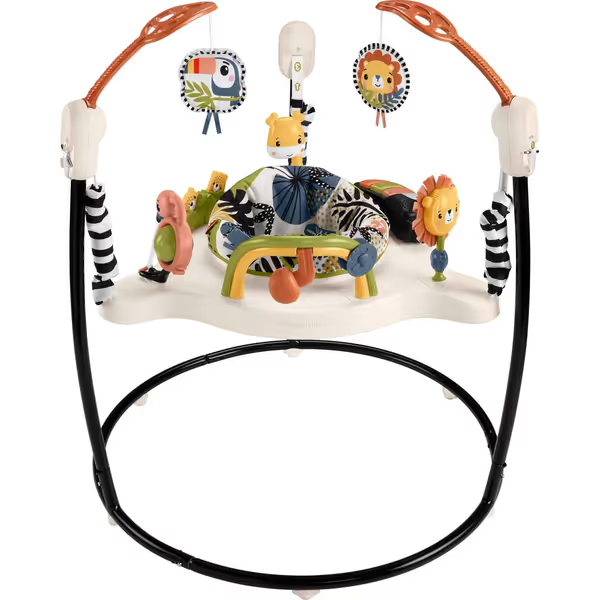
Fisher-Price Palm Paradise Jumperoo

Related Articles

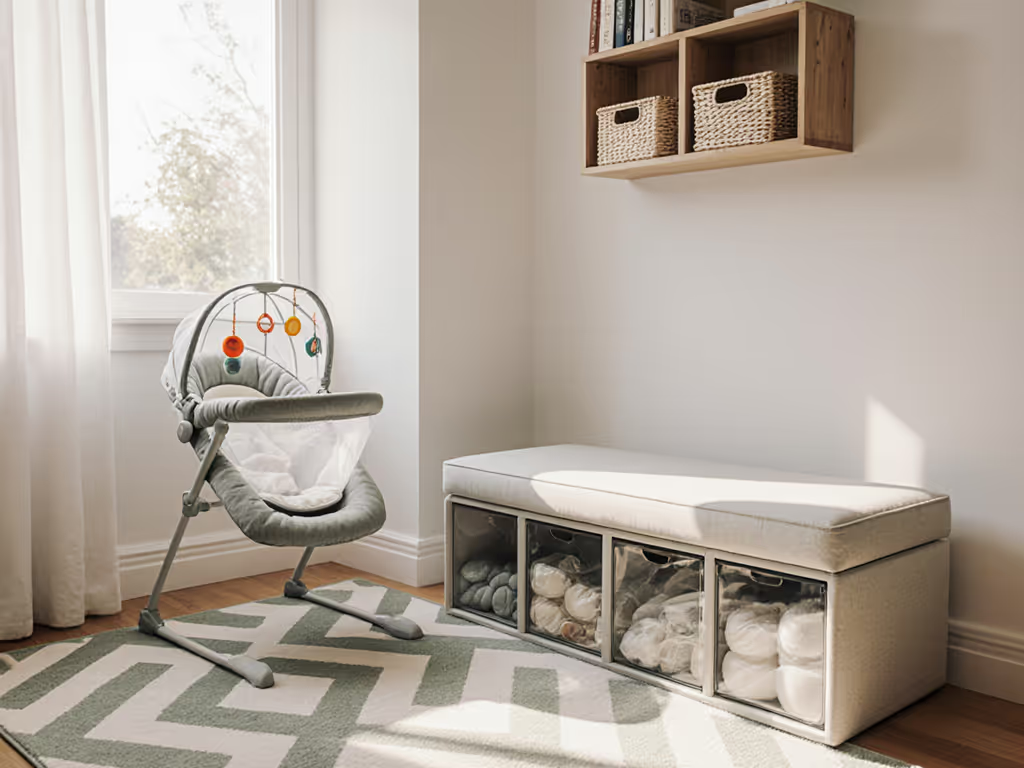
Infant Bouncer Seat Accessories: Space-Saving Guide
Choose bouncer accessories that add value without adding volume, using clear thresholds for footprint, noise, cleaning time, and stability. Get practical picks - streamlined toy bars, mesh canopies, breathable inserts - and measurement-backed tips to keep gear quiet, wipe-clean, and easy to stash.
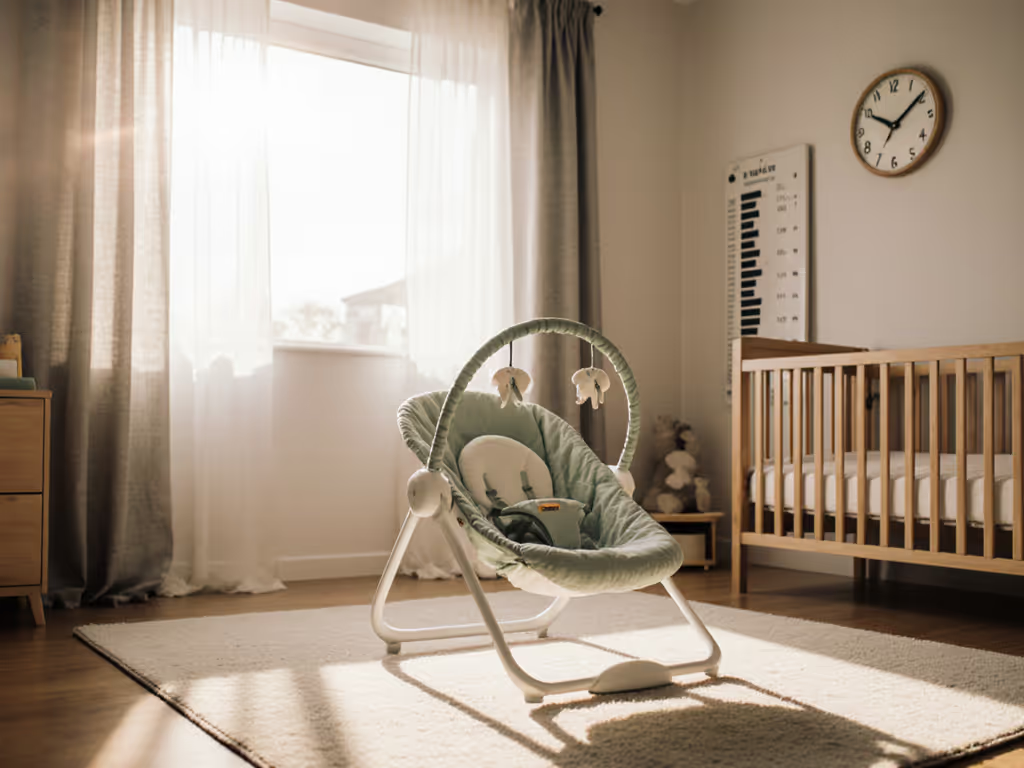
Stop Infant Bouncer Seat Use: Critical Age Guidelines
Learn the evidence-based basics: safe use from birth with proper head and neck support, 20–30 minute session limits, and when to stop at rolling or pushing up (often by 6 months). Get small-space safety tips to prevent tipping and avoid unsafe sleep so bouncer time stays brief, supervised, and low risk.
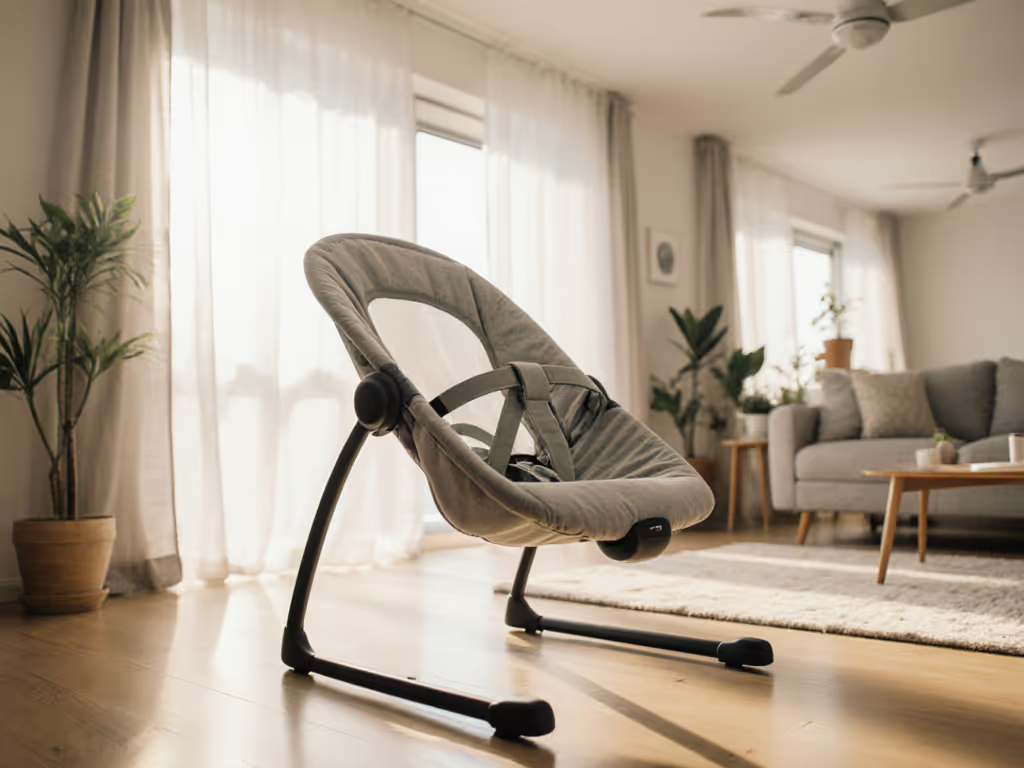
Breathable Summer Baby Bouncer Safety Guide
Choose and use a baby bouncer safely in summer and small spaces with breathable fabrics, a wide stable base, a one-pull 5-point harness, and floor-only placement to reduce heat and tip-over risks. Get a space-aware checklist for fit, cleaning, and when to retire the seat.
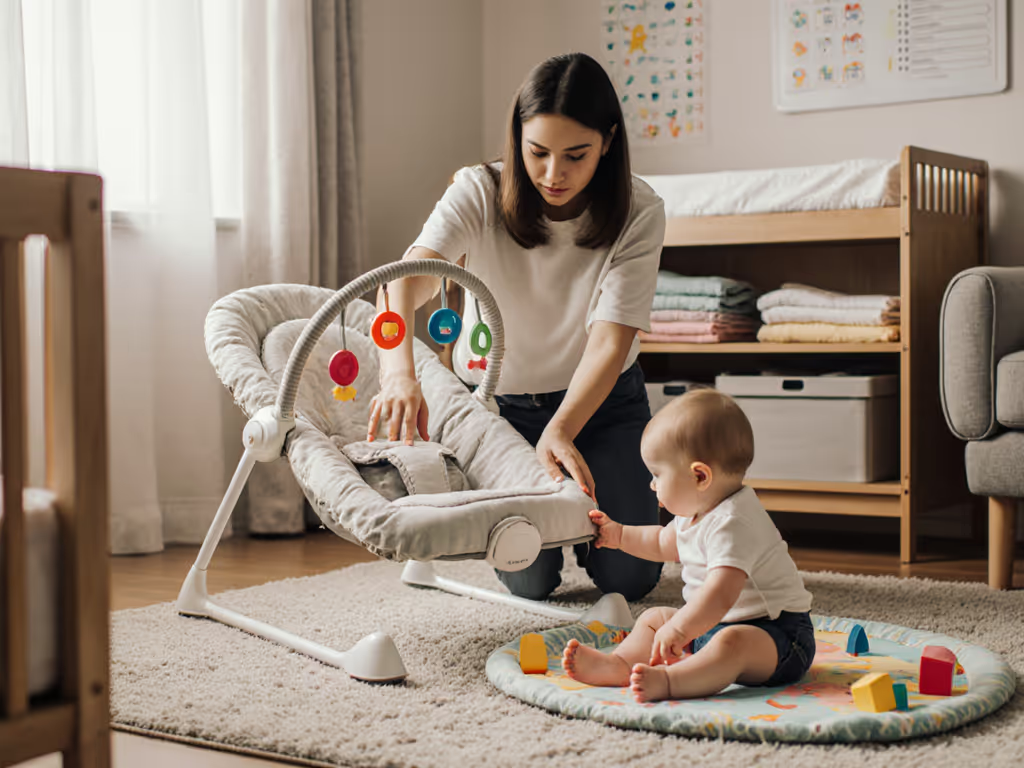
Infant Bouncer Age: When Your Baby Outgrows It
Prioritize weight over months and watch for movement cues to know exactly when to retire a bouncer - protecting safety, preserving the seat, and maximizing resale. Use a quick weekly check (weigh, inspect fabric, test fold) to time the transition before wear and tip risks set in.
